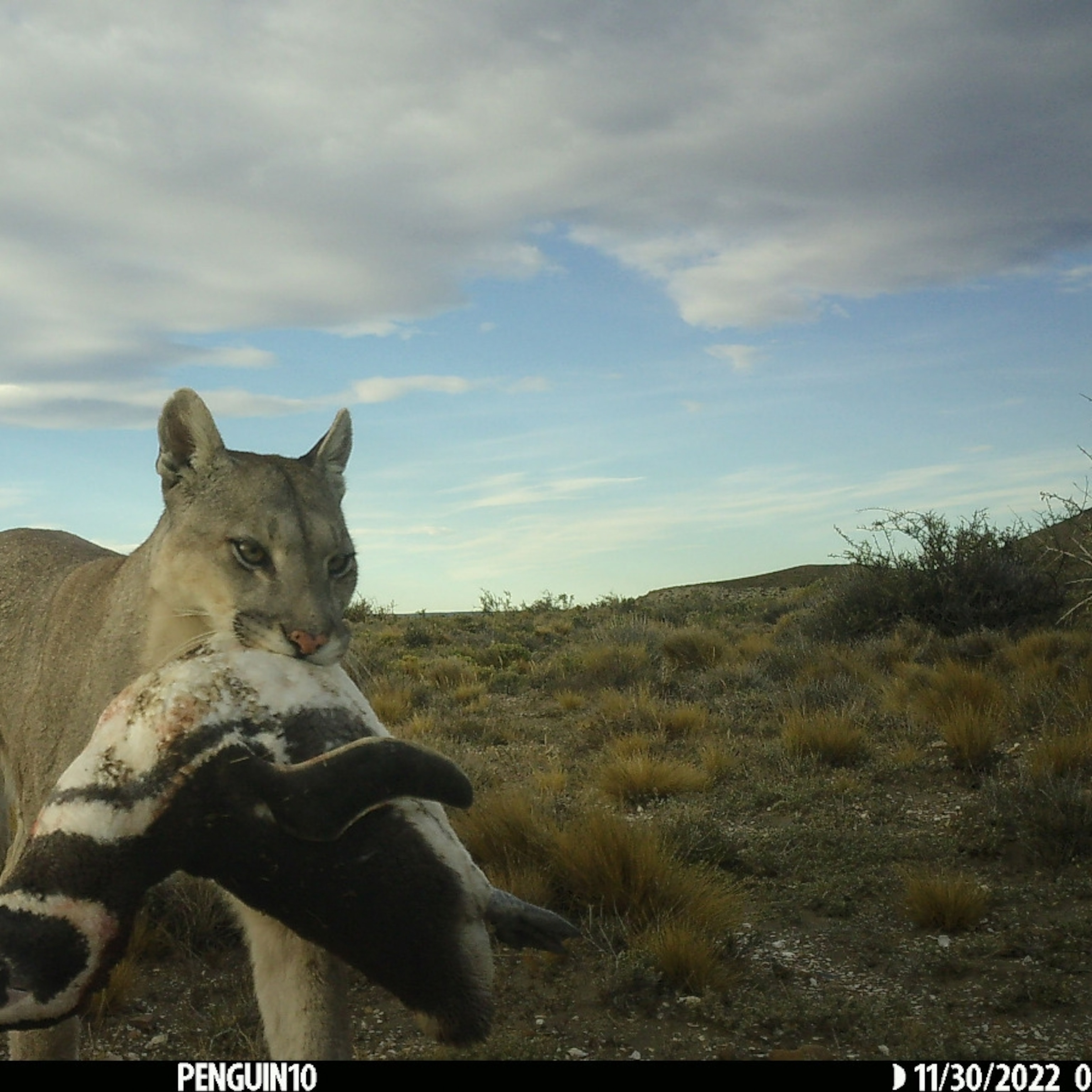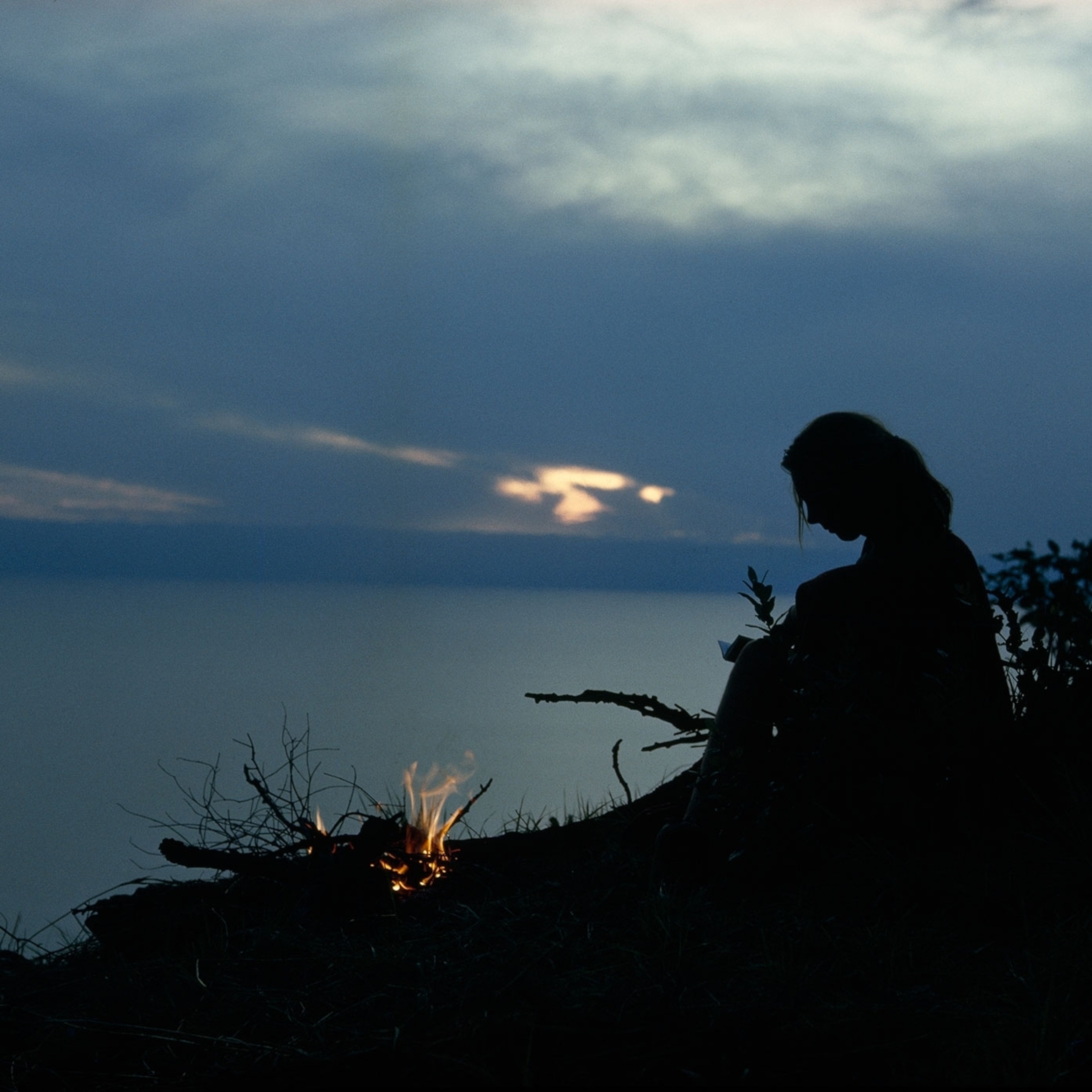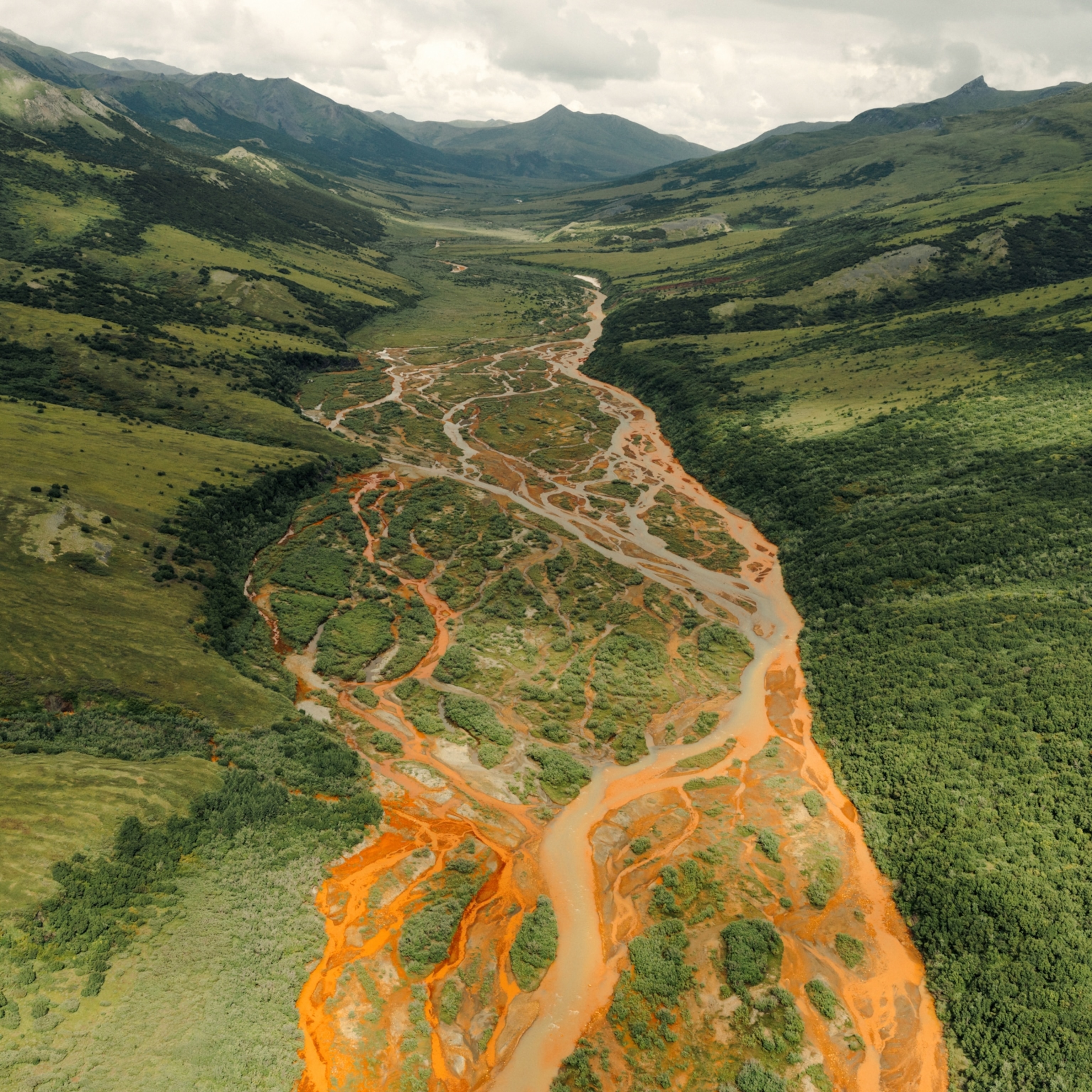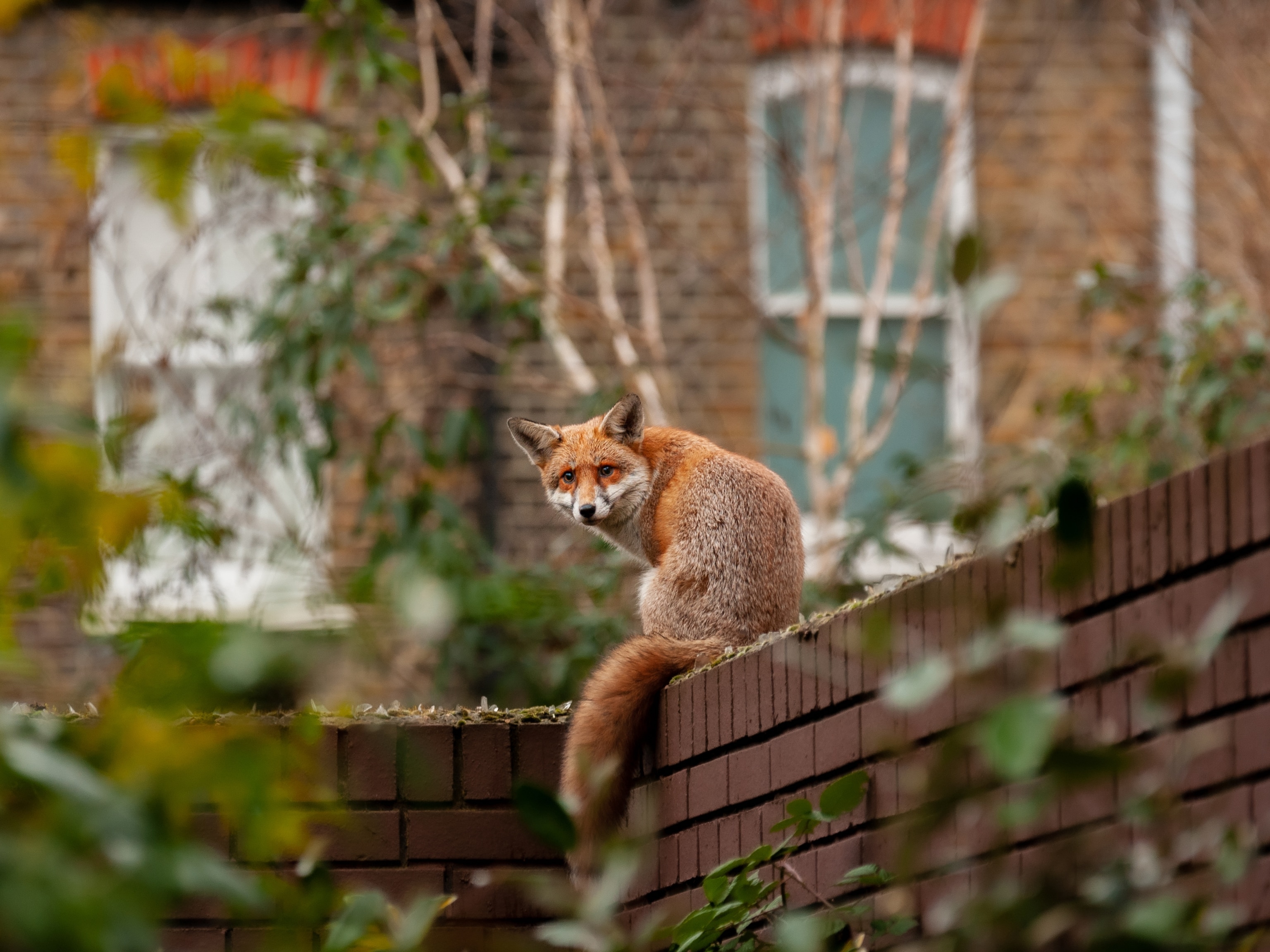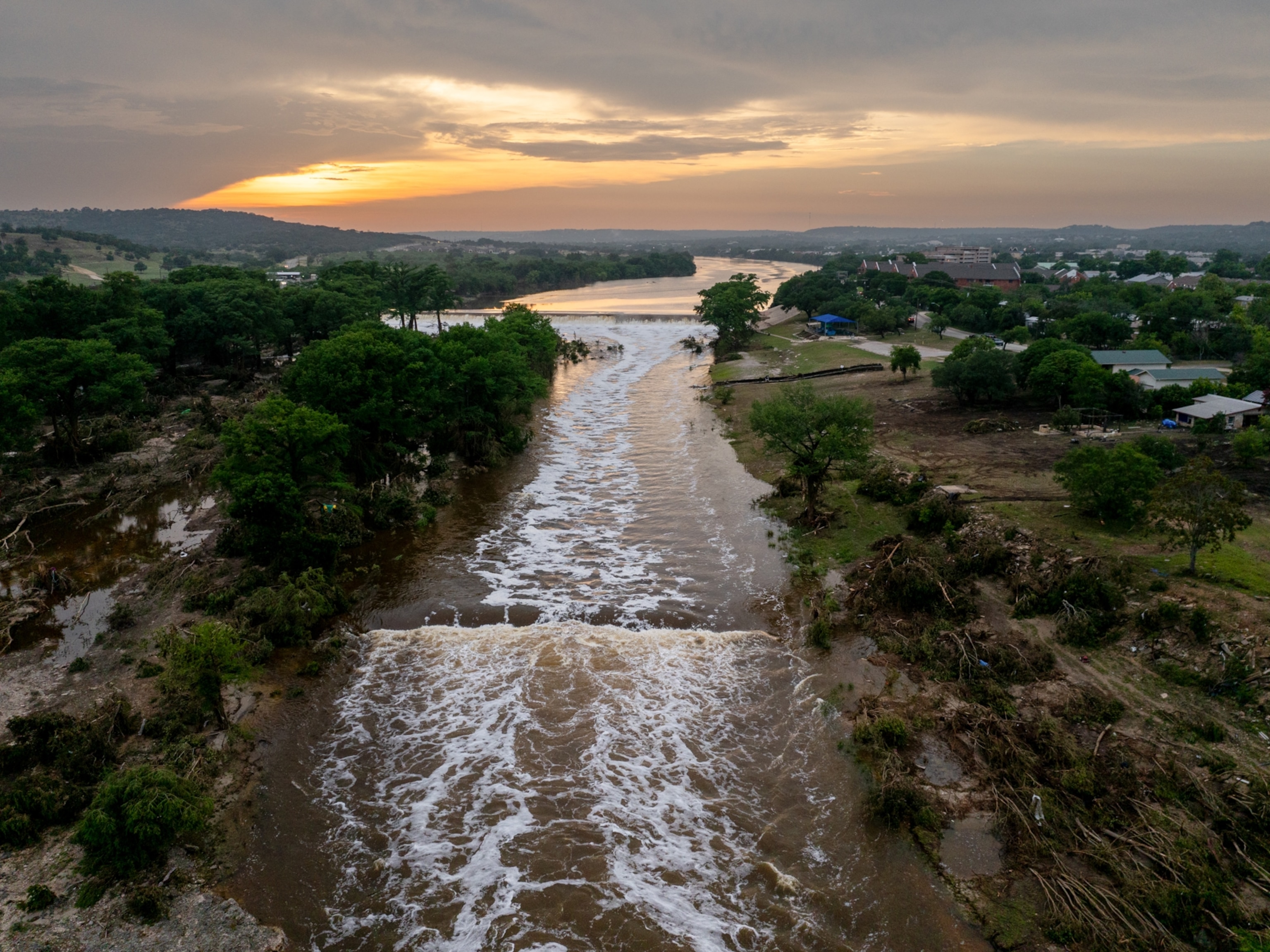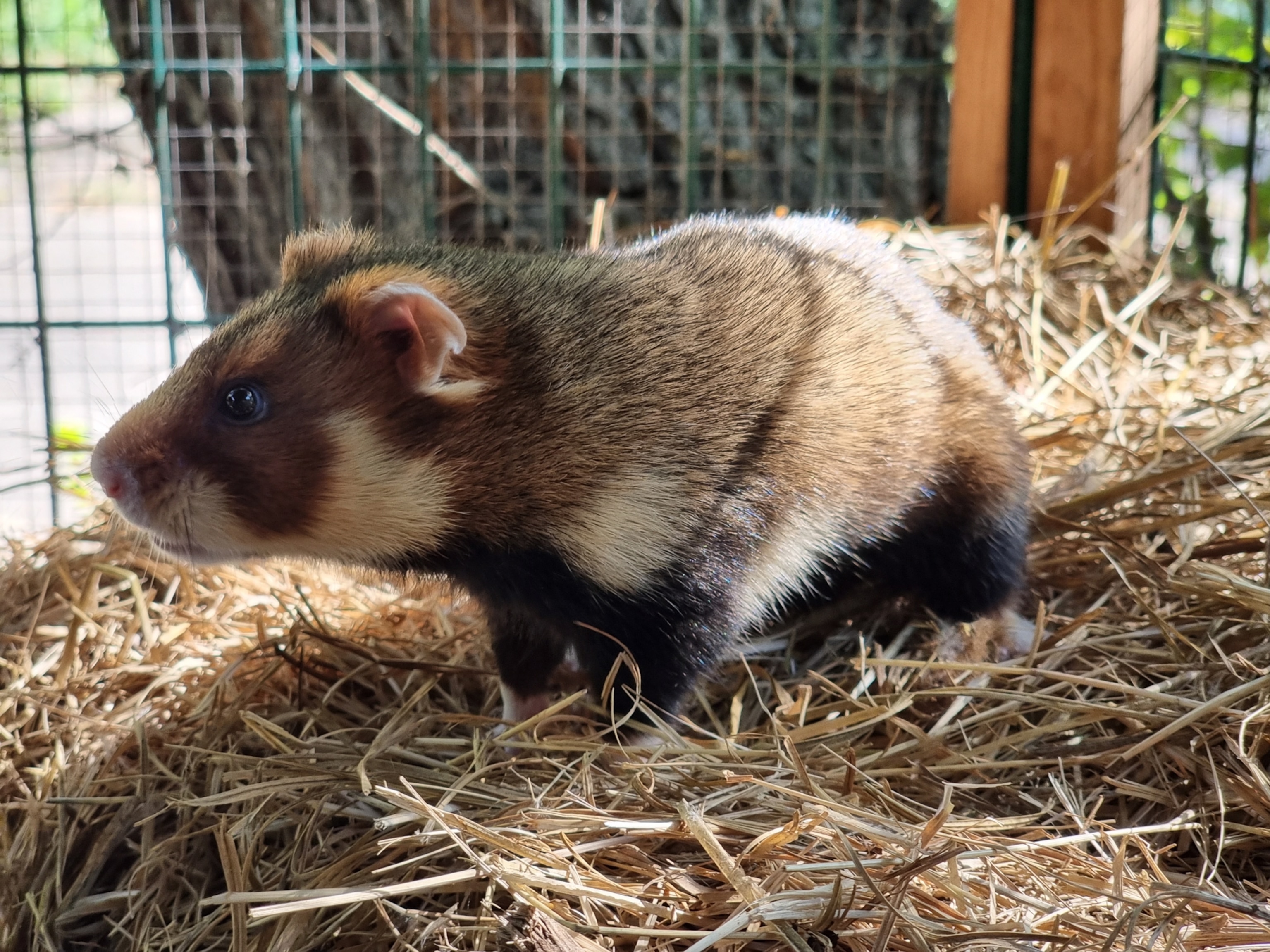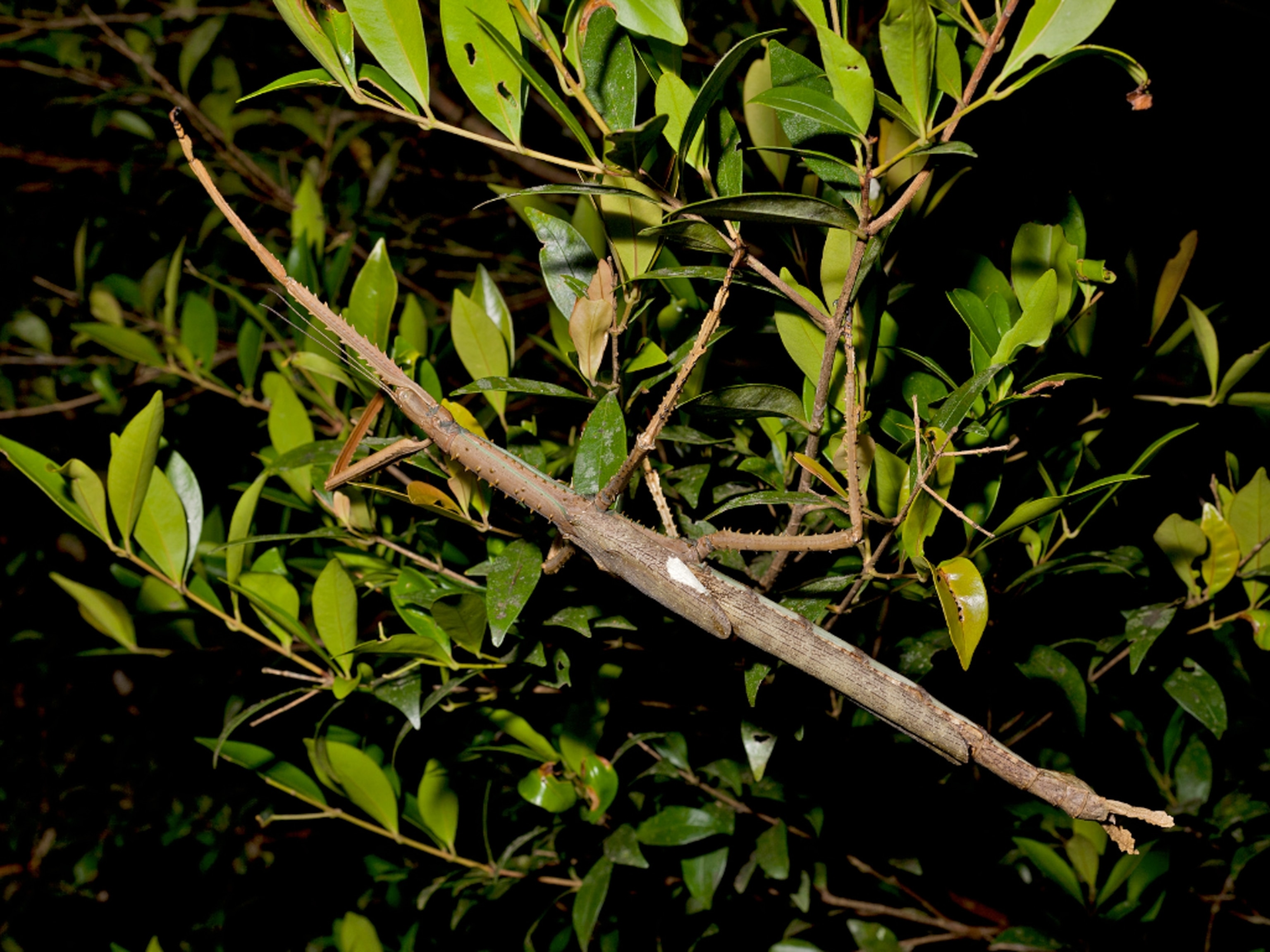A ‘tsunami’ of hydropower threatens some of Europe’s last wild rivers
Campaigners say the ecologically extraordinary waters of the Western Balkans are facing potential devastation from hydropower projects. But the tide may be turning.

As I leave Sarajevo and head south towards the cool waters of the Neretva River, views unfold ahead. Dense forests sweep to the horizon, rising and falling with the contours of gorge and mountain. Walls of limestone climb above the canopy, and a neat patchwork of meadows hugs the treeline.
This is Bosnia and Herzegovina, a country with a haunted past. An unfortunate local truth is that much of this landscape is wilderness not by desire, but because of approximately 80,000 land mines and other pieces of unexploded ordnance that remain undetected on the forest floor: a lethal deterrent dating from the conflict that engulfed the country between 1992 and 1995.
As much as Bosnia and Herzegovina should not be defined by war, many environmentalists fear the country—and the entire Balkan Peninsula—is now in the midst of an entirely new type of conflict: a battle against a ‘tsunami’ of hydropower projects that threaten to destabilize entire ecosystems and threaten species endemic to this region.

Dense forests sweep to the horizon, rising and falling with the contours of gorge and mountain.
Supporters consider the projects a contribution towards the renewable energy goals of the Paris agreement. Opposers fear the potential ecological and cultural devastation of these operations far outweighs any carbon benefit—and will ultimately drive a knife into one of Europe’s most unspoiled natural regions.
Pristine waters
Across the entire Balkan Peninsula, wild rivers flow. Alluvial forests devoid of human intervention flourish, and waterfalls tumble from limestone cliffs. The clear waters of the Balkan Rivers are a hotspot for European biodiversity, and data collected from hydromorphology studies covering 35,000km concluded that 30% are considered intact and ‘pristine’—a condition which, while hard to define, describes an ecologically exceptional state more quantifiable scientific terms cannot capture. Despite this, according to 2020 figures almost 3,500 small hydropower plants are forecast to be constructed here. This is in addition to the approximately 1,600 that are either already operating or have been given the green light.
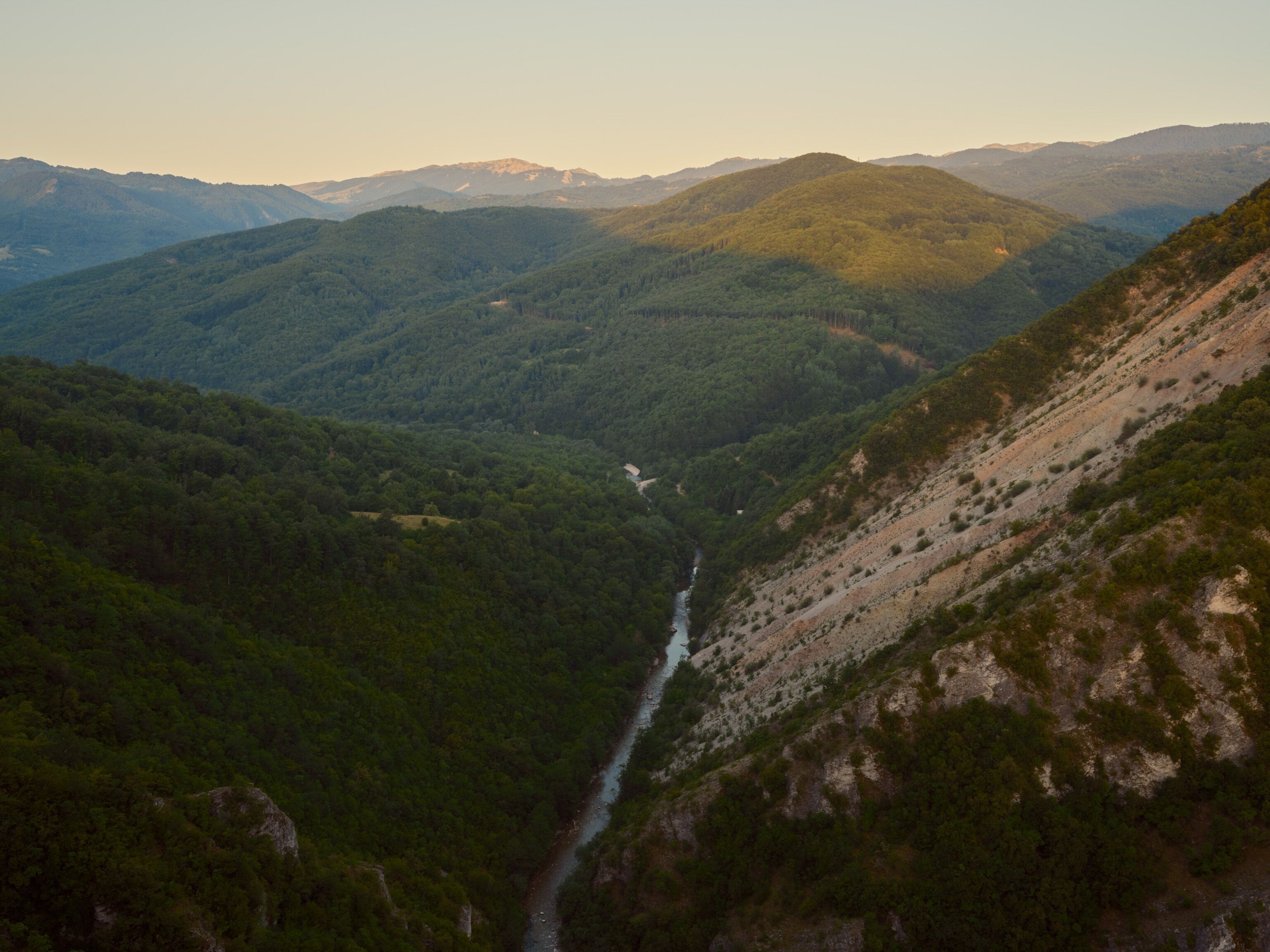

Utilising incentives driven by the European Commission’s plan to make the continent climate neutral by 2050, the boom has been driven by small hydropower plants (SHPPs)—but even these have the potential to locally devastate for little energy gain. A 2020 study by the University of Lisbon found existing and planned small hydropower in the European Mediterranean basin was likely to be at best capable of supplying 4.4% of gross electricity consumption and 0.79% of primary consumption— with these figures overestimations likely to be further reduced by the impacts of climate change, to which hydropower is particularly sensitive.
Furthermore, a study published in February 2022 in Energy, Sustainability and Society found that SHPPs of the Western Balkans in particular ‘caused damage to environmentally protected areas, living conditions of local communities, touristic and agricultural potential.’ It concluded 74% of existing projects ‘cannot be considered acceptable from the aspect of the location where they were built, and from the aspect of the impact on the quality of life of the local population.’ A subversion of the back-to-nature goal of renewable energy, due to hydropower developments in this region many communities have the basic simplicities of natural subsistence under threat: their drinking water, their means of agriculture, and water for their animals.
Awareness and action
As tarmac turns to dirt, the roads narrow and begin to descend. Bridges constructed from split-timber traverse steep canyons. Villages thin to the sporadic home: weekend houses, local farmers and those who have submitted to a quieter pace of life. Eventually, I enter the town of Ulog on the banks of the Upper Neretva. A once thriving community, just 12 people live here now. It’s the stark result of industrialization, and people yearning for better economic opportunities elsewhere.

It is here in a small, fenced orchard, where I rendezvous with a group of international scientists and students I’ll accompany on a week-long expedition along the river. Together, they will collect data as part of the Save the Blue Heart of Europe Campaign: a coalition of NGOs working to increase visibility of the river systems in the Balkans, and raise awareness of the looming dam projects in the region.
“We already have a lot of hydropower production on our rivers, and there are plans for many more,” says Jelena Ivanić, Vice President for the Bosnian Centre for Environment, who is here. “Almost every river is planned to be destroyed or is being destroyed. A ‘science week’ like this is important in helping us to promote the river and its possibilities.”
A natural cost
The idea that hydropower is no-strings ‘green’ has long been challenged by those concerned by its ecological impact on biodiversity corridors such as rivers. Hydropower is still the leading source of renewable energy worldwide, but also can be directly connected to extinction of species and the mass displacement of people globally.
Of course, it’s logical for Bosnia and Herzegovina to utilise its natural resources. Large-scale legacy hydropower is a key source of the country's electricity, providing 37% in 2021—around 10% of the total energy mix—but it’s also clear less destructive and more efficient options are available. Campaigners claim switching to other viable sources of renewable energy such as solar and wind, are suitable alternatives either at large or small scale.
(Visit an eerie, spaceship-like monument in the Balkan mountains.)
As Ivanić explains, her organisation is “actively engaging with the citizens, providing them with the possibility to install their own systems and become green energy producers”. But such schemes, despite their obvious benefits for the environment, are not big business for their stakeholders in the same way as hydropower.

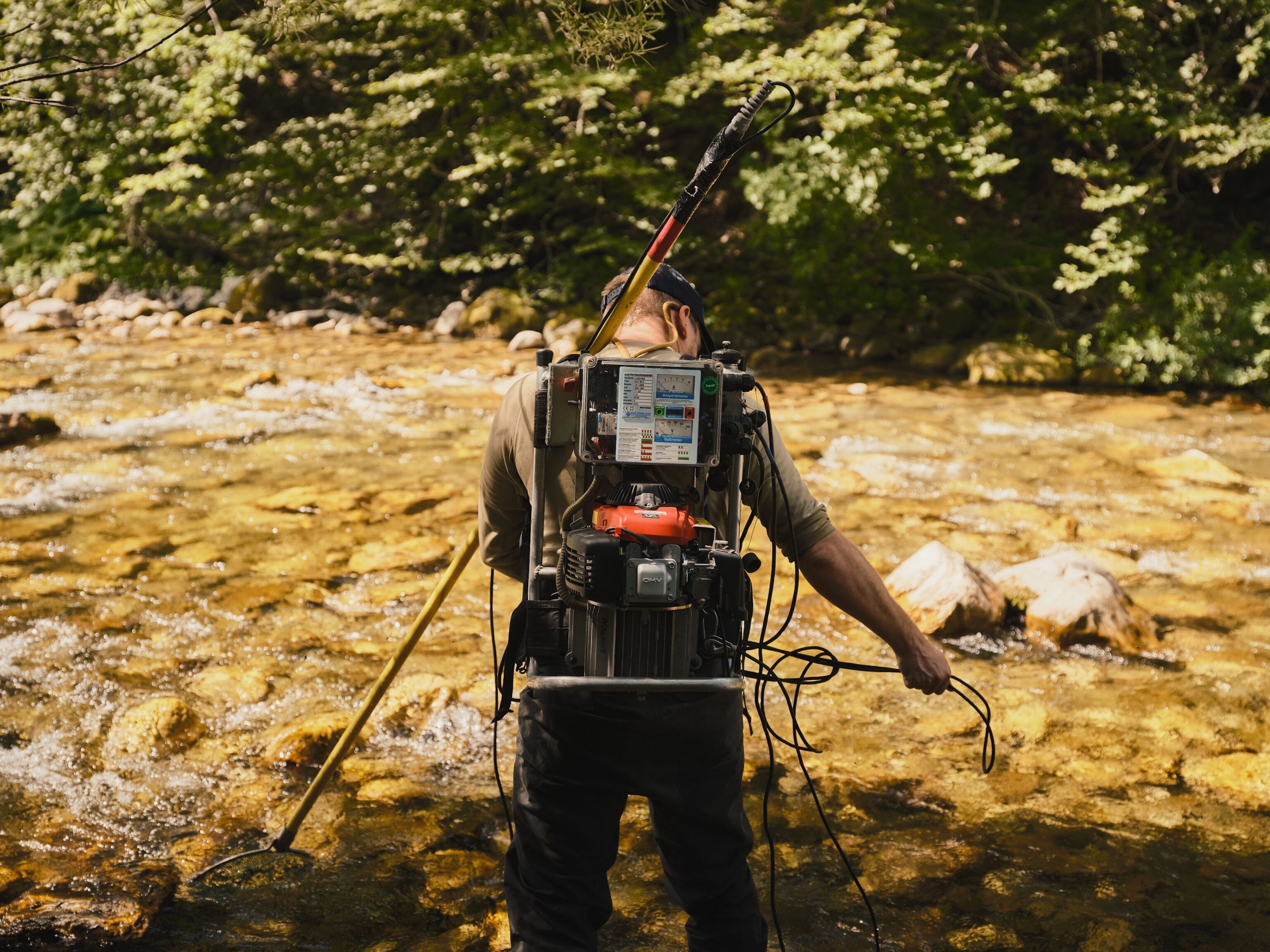
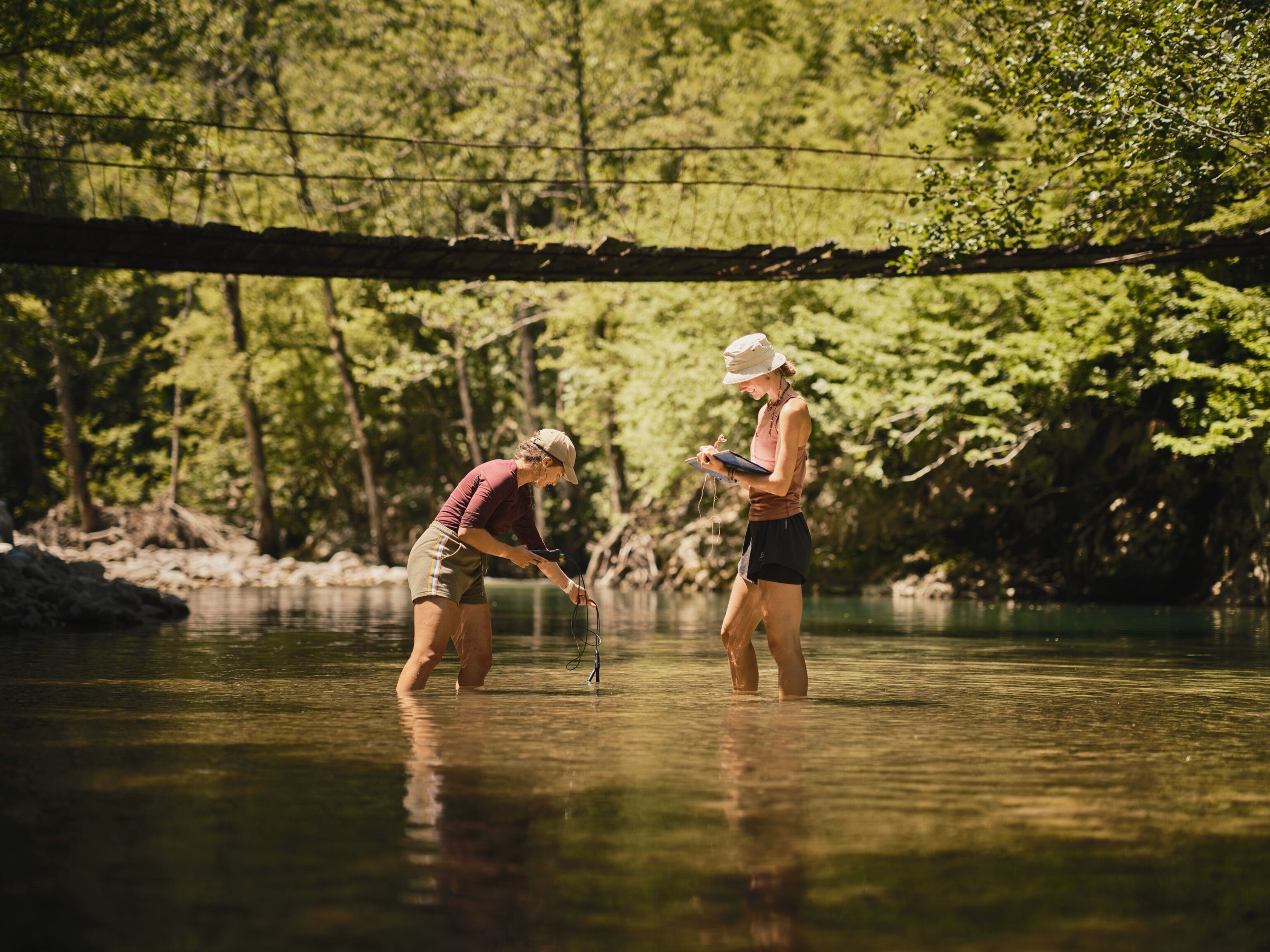
The Eco-Masterplan for Balkan Rivers, a study covering 80,000km, combining data relating to biodiversity, hydromorphology and the location of protected areas, found that 76% of rivers in the peninsula are of ‘high, ecological quality’ and were recommended as no-go zones for hydropower. 92% of proposed dam projects are located directly within these areas. Along the Upper Neretva River, seven dam projects are proposed. This is in addition to the larger Ulog hydropower plant already nearing completion downstream.
A breakthrough of sorts came in early July this year, when the Federation of Bosnia and Herzegovina banned the issuing of new permits for small hydropower projects up to 10 MWh due to their potentially negative environmental impact. The ban stopped short of revoking permits already issued for construction, and—critically—only applied to one portion of the country, which is split into two governing entities: the Republika Srpska, and the Federation of Bosnia and Herzegovina. This wild upper stretch of the Neretva and its hydropower projects lie in the former, whereas the new restrictions apply to the latter—where despite the ruling, campaigners say, 39 rivers still remain under threat from schemes already greenlit.
These developments come just as the international community is becoming more aware of what this region and its remaining free-flowing rivers offers, from rafting and angling, to trekking and cultural tourism. The biproduct of this recognition is that attention is also falling on the threats the rivers face.
Smaller hydropower projects that previously may have slipped under the radar are now in the spotlight. Exposure and visibility form the foundations of the Save the Blue Heart campaign—not only on the world stage but, crucially, for the locals themselves. For many, these shoots of hope are coming too late.

“Many Bosnians were not aware of what they have here—for them, it’s just a river,” explains Ulrich Eichelmann, CEO of Austria-based NGO RiverWatch. “The people that live next to the rivers don’t necessarily understand the ecological connections… [but] they don’t have to know what’s in the river to know it’s worth keeping.”
Eichelmann adds his ambition is “to make the Balkan Rivers visible to the world—but also make the people in the Balkans more aware that they have something truly extraordinary.”
“Part of this landscape”
On the dusty roads descending to Ulog, I encounter Milijana at her home. A once secluded house, it sits on a grassy patch overlooking the 230km Neretva as it patiently carves its way first inland, then towards the Adriatic. Now, Milijana’s home lies on the frontline of the controversial Ulog Dam construction. The hollowed-out forest below is now a parking lot for dumper trucks; blue bags of excavated rubble, pipework and a few large shipping containers—temporary homes for the builders working on the construction below. Milijana’s refusal to move is admirable, but she’s no activist. This isn’t her last stand, but simply her home. A brief stint working in Sarajevo couldn’t persuade her to abandon her childhood home, choosing instead to return and live out her days here. “I’m just part of this landscape” she tells me, as she sips on a coffee boiled over a gas stove in the corner of the room, “you can’t replace this landscape, nowhere else [in] the world is like this.” (See beautiful pictures from Europe's Valley of Roses.)

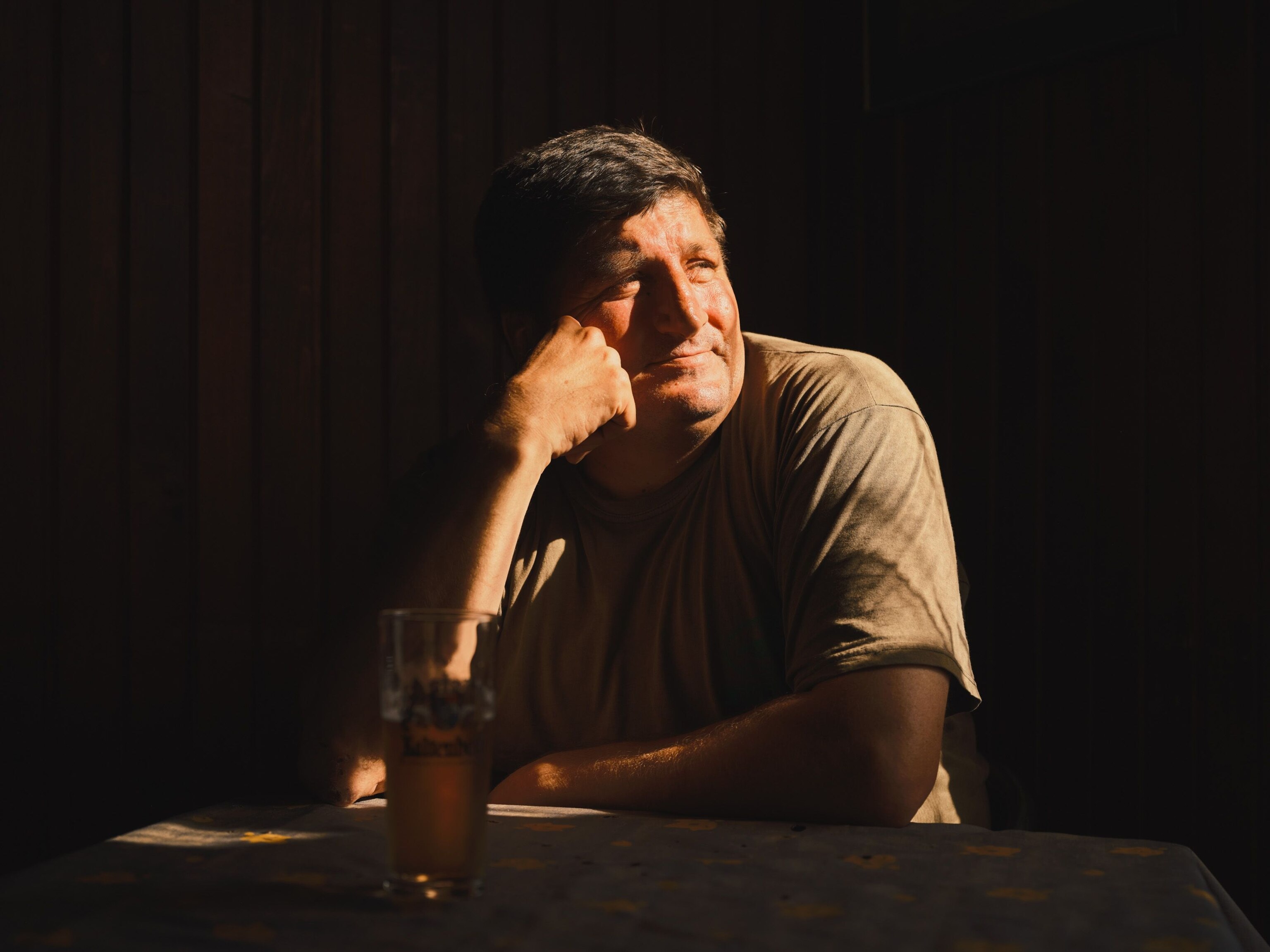
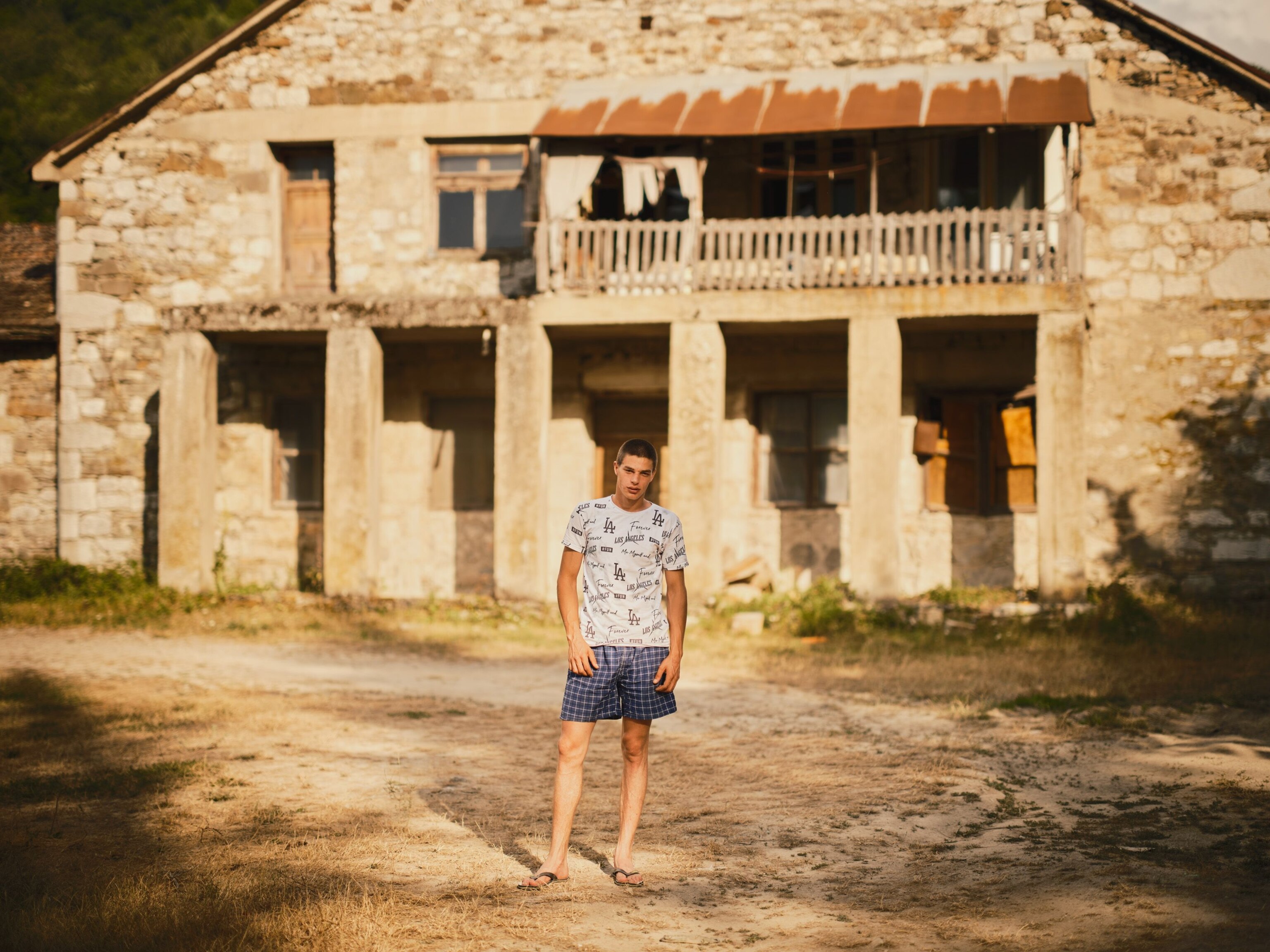
Miliajna makes the best of a bad situation. The vegetables she grows in her garden and the crates of beer stashed behind the barn generate a little income from the dam workers who pass by. Upstream, in the village itself, the 12 remaining residents busy themselves preparing food for the scientists returning from the field. All members of the same family, they seem a little overwhelmed by the arrival of international scientists and journalists; Overnight, the population of Ulog has been multiplied by six.
Boban, our host for the week, is devoted to his river. I sit with him and his family over lunch as we shade ourselves from the midday sun; “When everybody leaves I will protect this river by myself: last man standing. This river is all I have left. I lost a lot of things in the war but I will never lose my river”.
Miloš, Boban’s 22 year-old nephew, spends seven months of the year in the village. “I love this place. I’ve been coming here for the fishing since I was 6 years old. To enjoy nature without any interruption,” he says. “People rely on the water here; gardening, keeping sheep and cattle and to drink. From here and 30km around, all the water is drinkable.”
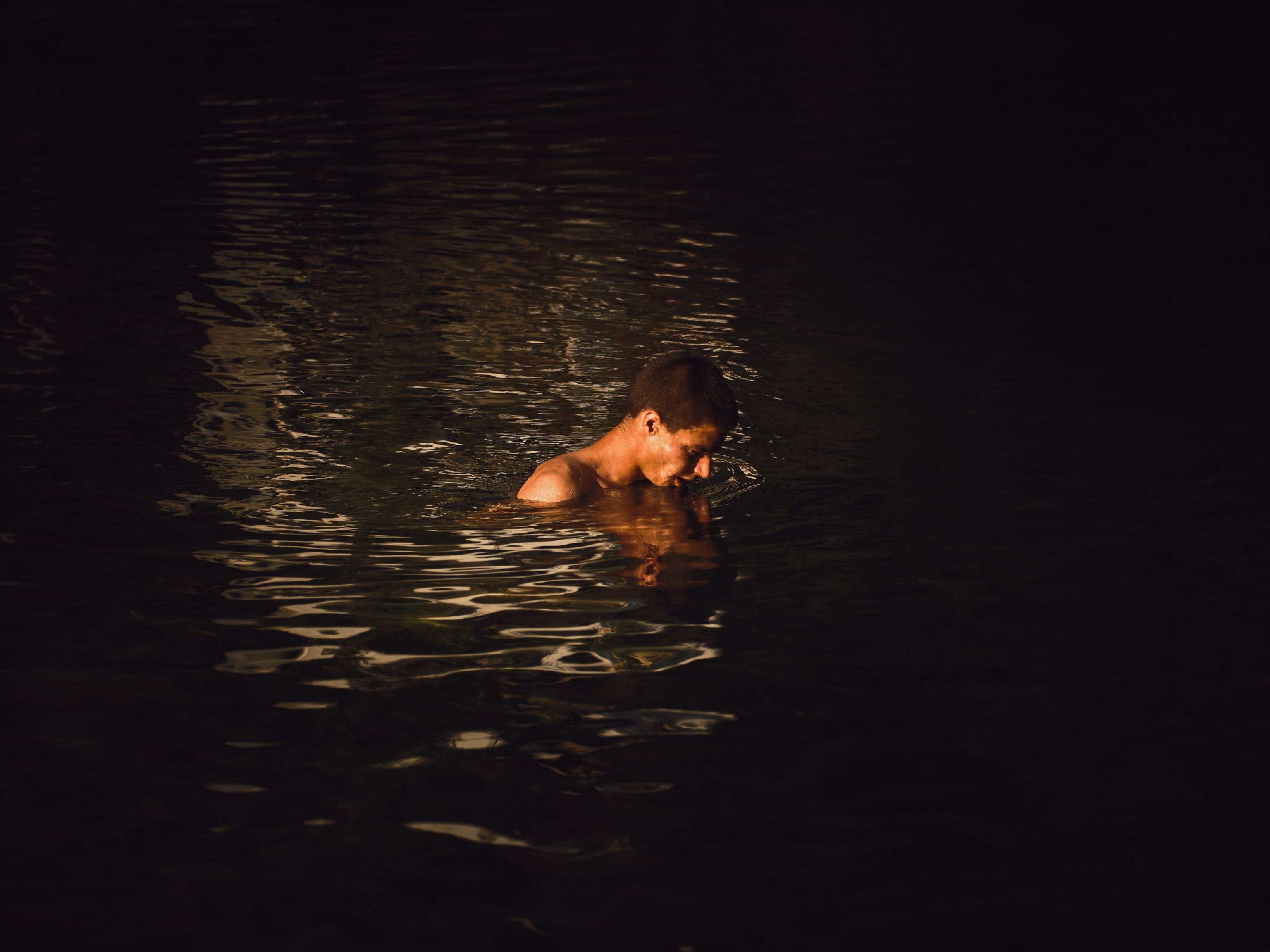
From dawn until dusk, 59 scientists and students from seven countries busy themselves harvesting as much data as time allows. Before first light, Ulog is already stirring. By the time the sun has appeared above the ridgeline, the river is a hive of activity.
(Discover the Bosnian village frozen in time.)
Measurements are being made on an array of devices; the width of the river, it’s depth at various points, the velocity of the water, its temperature and the levels of CO2 and methane are recorded. Insects are caught in nets and analysed. On the surface of the water, an abundance of life can be viewed simply with the naked eye. On the riverbed, and a few feet below, sediment is extracted and filtered.
In the faint glow of morning, I observe two researchers quietly position themselves in the shallow water. With a single hand-held net, they’re searching for mollusks. A 2011 study concluded that over 40% of endangered freshwater mollusk species in Europe can be found in the Balkan Rivers, making this region one of the most important freshwater hotspots for the creatures in Europe.
When everybody leaves I will protect this river by myself: last man standing. This river is all I have left.BOBAN SKRKAR
Upstream, a larger group wade methodically through the fast-flowing water. Forming a single line, they manoeuvre themselves steadily across the boulders. They are electrofishing: a method of stunning fish in order to understand population density and species variants. As part of the same 2011 study, 69 fish species were found to be endemic to this region.
This mass collection of data is important. Not only to help reinforce the complaints against questionable environmental impact assessments (as demonstrated in the August 2021 complaint against the Neretva River power-plant development) but also, once handed over to a team of lawyers, helps to bolster the arguments towards river defence and dam prevention.
More than science
That said, there are some problems with the classical data collection model. An excessive barrage of information and the ways in which this is communicated, overwhelms those outside of the scientific community—potentially hindering progress. To break this cycle, organisations must find the sweet spot between knowledge and emotion in synchronicity with the science. According to RiverWatch’s Ulrich Eichelmann, this approach will only work however, if the scientists themselves embrace this new way of thinking.
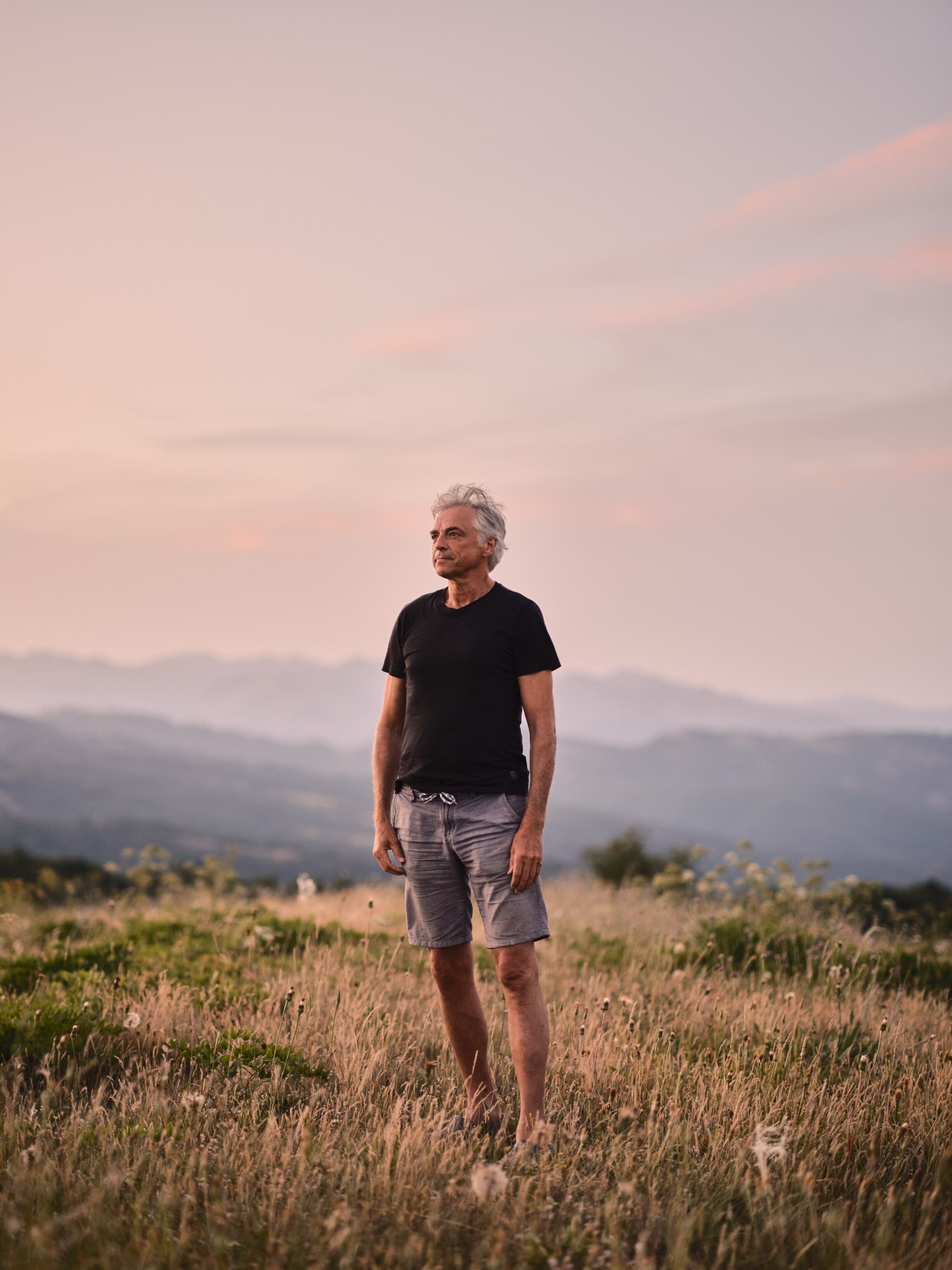
“I’ve worked in the NGO business since 1991 and I think we’ve focussed too much on data,” he explains. “In reality, decisions are based 80 to 90 percent on emotions and not with knowledge. We need to make [people] understand what is so beautiful, and what is so valuable.” Eichelmann adds the scientists have gone from simply providing data to speaking up about their findings with passionate advocacy. “They themselves are becoming a lobby group. The data is vital, but knowledge without emotions won’t go anywhere,” he says. ”At the same time, emotions without knowledge is dangerous”.
The Balkan Rivers are to a large extent, lesser known scientifically, so the opportunity to make new discoveries is a large motivator for the researchers involved. This is in addition to contributing to a growing movement of specialists utilising their expertise to raise awareness in the public domain.
Gabriel Singer, Professor at the Institute of Ecology at Innsbruck University, is in favour of this new role of the contemporary scientist. For this week along the Neretva, he has invited a large group of his students to shadow the specialists, but also to conduct studies of their own.
“I tell my students, you must become the river,” says Singer. “Remove the science goggles for a while and feel the aesthetic value of the place. You must make that emotional connection, to identify different ways to convey your knowledge.”
Singer explains the resulting knowledge, however accomplished, can hit a wall without articulate interpretation for an audience positioned to make impact.
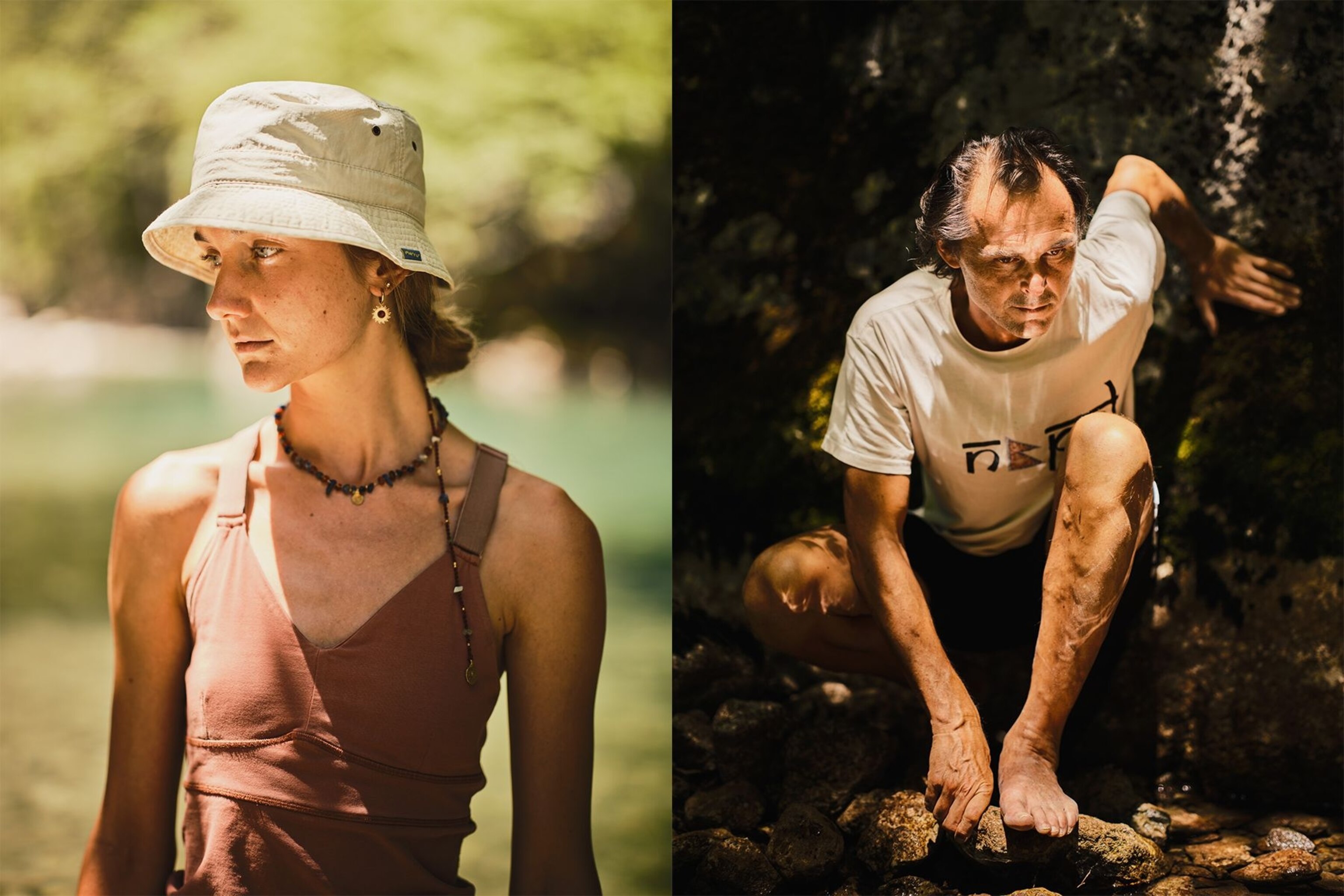
“We write in these journals for our peers. If you don’t have scientists who can translate this for the public and politicians, and are ready to do so, then that knowledge is going to be lost,” he says. “You only do this if you feel the emotion… if you feel as though you are responsible for something.”
It is difficult to complete a conclusive survey in a single week. To truly understand the diversity of the Upper Neretva River, more time must be allocated and seasonality must be considered. Factoring in the metamorphic characteristics of a river between winter and summer, for example. That said, preliminary findings published in this August 2022 report following the conclusion of the expedition deem the research sites as “pristine or nearly pristine” adding: “…the Neretva River is habitat for a high level of biodiversity including humans. Finding all this in one river valley underscores the extremely high conservation value of this ecosystem in its entirety.”
(Dive into the overlooked world of freshwater creatures.)
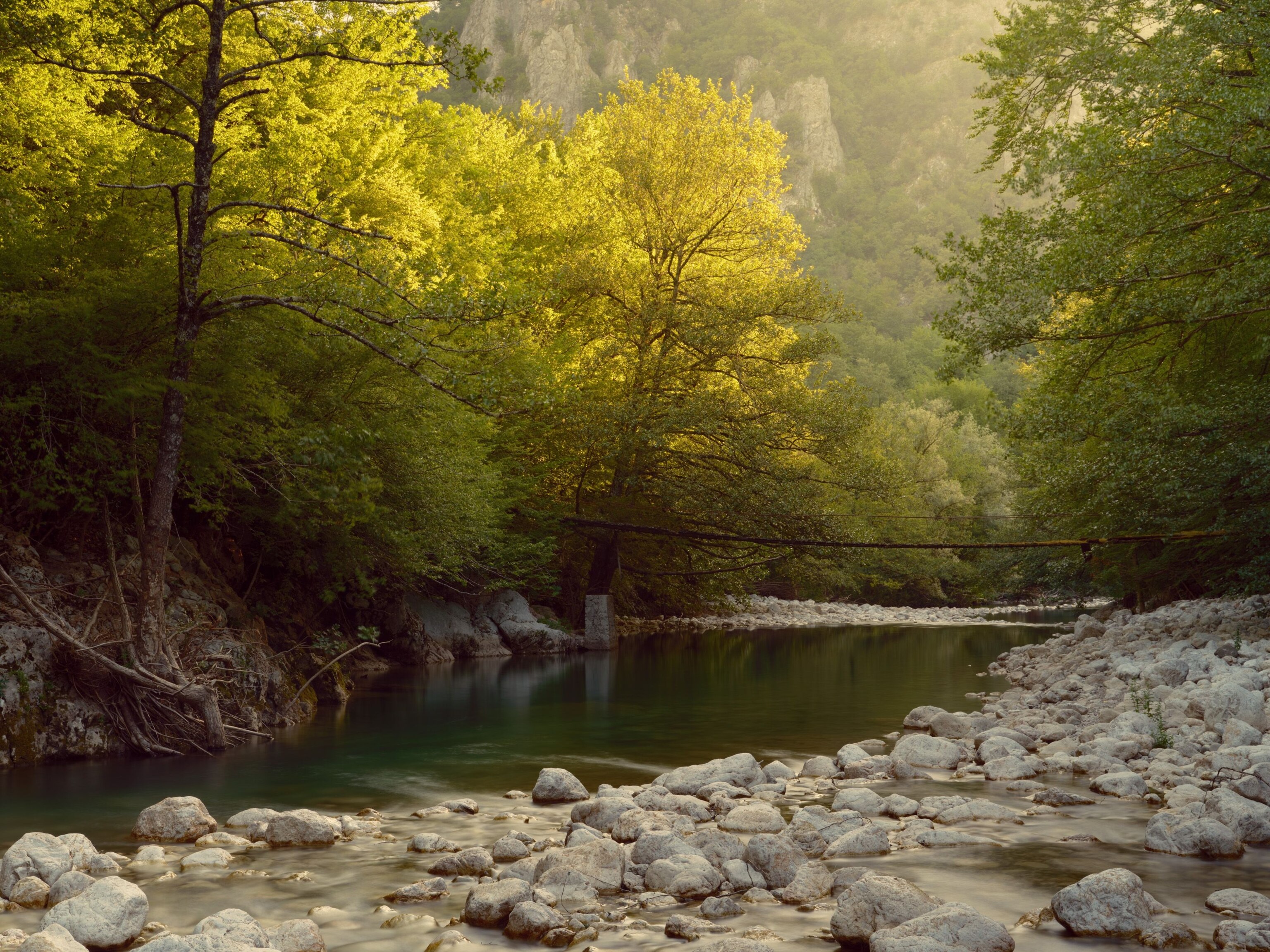
The Neretva River is viewed by many as a shining spot in a dark area; a glimmer of hope that not all of Europe’s wild rivers have been compromised. A collective effort to understand the importance of this landscape is underway—perhaps a demonstration of our willingness to not destroy everything we encounter.
It is unrealistic to expect the surge of hydropower in the Balkan Peninsula to disappear overnight. The ambition of this campaign, and those I encountered along the Neretva, is that the data recovered and the knowledge shared will, in time, flow back into society—and spur a collective responsibility to seek out viable alternatives. But perhaps the biggest barrier to overcome is the acceptance that, despite the potential for economic or political gains, some things are simply best left untouched.
This story was adapted from the National Geographic U.K. website.

